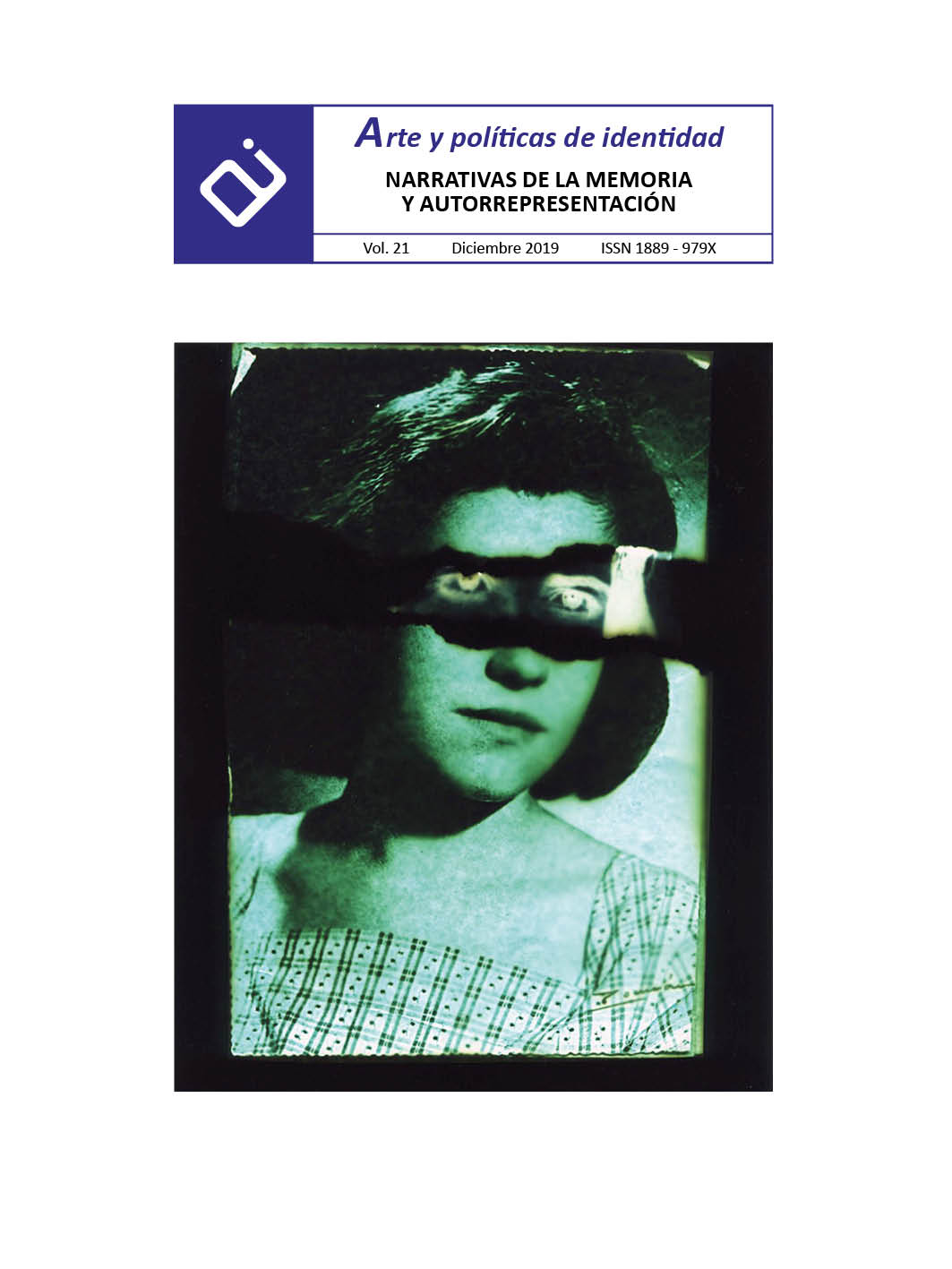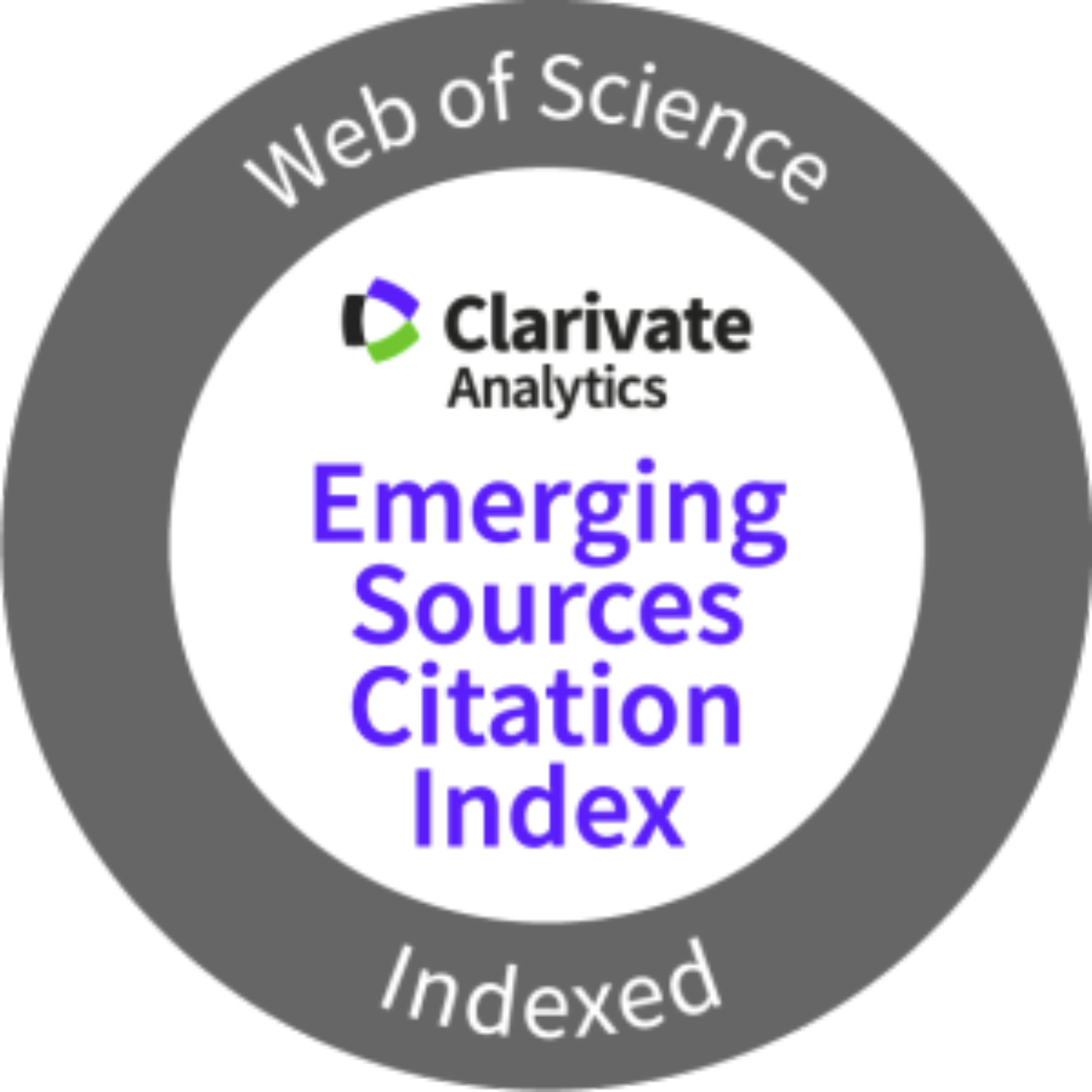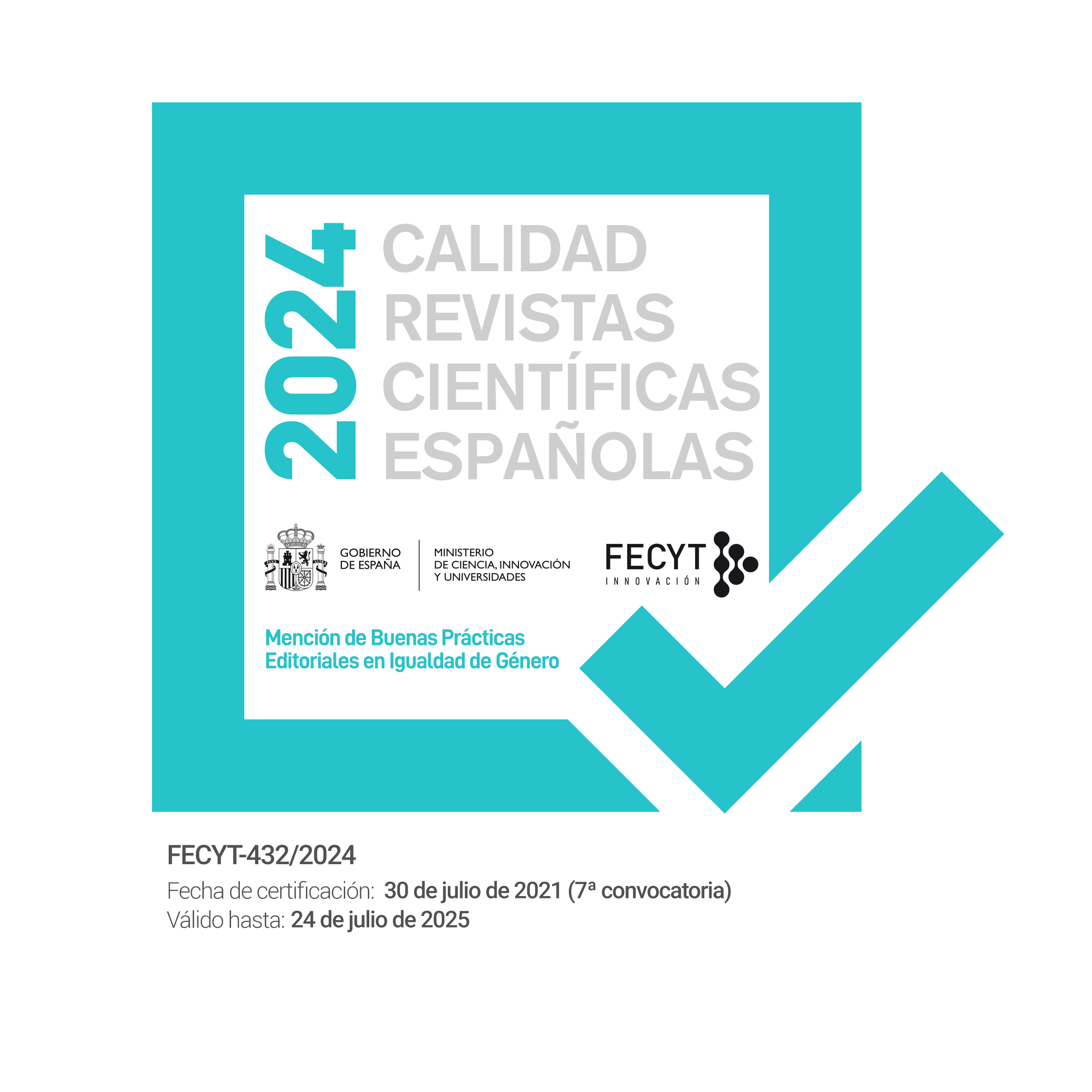Material sensible. Un proyecto de fotografía participativa que muestra la experiencia de personas que han sufrido abusos sexuales en la infancia.
Resumen
Material sensible es un proyecto de fotografía participativa con personas que han sufrido abusos sexuales en la infancia y que están recibiendo apoyo terapéutico. El proyecto está basado en la metodología Punt de Vista que utiliza la fotografía como herramienta de transformación personal e inclusión social, dirigida a colectivos y personas en riesgo de vulnerabilidad social, poco visibles en discursos hegemónicos. A través del acompañamiento y la inmersión en un proceso creativo que utiliza la intimidad como fuente de referencia, se articulan relaciones entre imagen, memoria, identidad, cotidianidad y representación. Cada participante recupera emociones y fragmentos de su historia personal -a menudo silenciada- reconstruyendo una narración visual propia. El proyecto finaliza con una exposición colectiva fruto del proceso de creación de cada participante, que ayuda a reforzar la identidad, generar nuevos relatos y concienciar a la sociedad sobre un tema tabú como es el abuso sexual infantil.
Descargas
-
Resumen1725
-
PDF2088
Citas
Baita, S. y Moreno, P. (2015). Abuso sexual infantil: Cuestiones relevantes para su tratamiento en la justicia. Montevideo, Uruguay: UNICEF, CEJU, Fiscalía General de la Nación. Recuperado de http://www.bibliotecaunicef.uy/doc_num.php?explnum_id=141
Bernadet, V. (2016). La confianza educada. Madrid, España: TEDxTalks. Recuperado de https://youtu.be/Gqw0IQc1mRw/
Crisma, M., Bascelli E., Paci, D. y Romito, P. (2004). Adolescents who experienced sexual abuse: fears, needs and impedimeents to disclosure. Child Abuse & Negleet, 28, 1035-1048. Recuperado de https://www.sciencedirect.com/science/article/abs/pii/S0145213404002005
Echeburúa, E. y Guerricaechevarría, C. (2000). Abuso sexual en la infancia: víctimas y agresores. Madrid, España: Ariel.
Farré, N. (7 de noviembre de 2019). Disparar contra la culpa, el miedo y la vergüenza. El Periódico de Catalunya. Recuperado de https://www.elperiodico.com/es/barcelona/20191107/material-sensible-disparar-contra-la-culpa-el-miedo-y-la-verguenza-7717199
Furrer, M. (2014). My piece of sky. Johannesburgo, Sudáfrica: Mariella Furrer.
Güell, N. (2015,16). La feria de las flores. Medellín, Colombia: s/n. Recuperado de http://www.nuriaguell.net/projects/41.html
Kempe, H., Silverman, F., Steele, B., Droegemueller, W. y Silver, H. (1962). The Battered Child Syndrome. Jounal of the American Medical Association, 181, 17-24. Recuperado de https://jamanetwork.com/journals/jama/article-abstract/327895/
López, F. (1996). Abusos sexuales a menores. Lo que recuerdan de mayores. Madrid, España: Ministerio de Trabajo y Asuntos Sociales.
Maillard, C. (2014). La baba del caracol. Madrid, España: Vaso Roto Cardinales.
Matarrasso, F. (2019). A restless Art. London, United Kingdom: Calouste Gulbenkian Foundation.
NCTSN (2009). Folleto informativo sobre el abuso sexual infantil: Para padres, maestros y demás cuidadores. Los Ángeles, EUA. The National Child Traumatic Stress Network. Recuperado de https://www.nctsn.org/resources/folleto-informativo-sobre-el-abuso-sexual-infantil-para-padres-maestros-y-demas-cuidadores/
Niemeyer, S. (2018). Für mich. Cologne, Alemania: Ceiba Editions en colaboración con The PhotoBook Museum.
Parramón, R. (2019). Estéticas de la colaboración. Intermediaciones entre lo colectivo, lo participativo y lo colaborativo en las prácticas artísticas sistémicas. En D’anada i tornada. Projectes i pràctiques col·laboratives des del museu a través de l’art. (pp. 114-122). Palma de Mallorca, España: Fundació Es Baluard.
Pereda, N. y Forns, M. (2007). Prevalencia y características del abuso sexual infantil en estudiantes universitarios españoles. Child Abuse & Negleet, 31, 417-426. Recuperado de https://www.slideshare.net/elmundodelosasi/prevalencia-y-caractersticas-del-abuso-sexual-infantil-en-estudiantes-universitarios-espaoles-pereda-forns-2007
Rhodes, J. (2015). Instrumental. Barcelona, España: Blackie Books.
Royo, R (2016). Sufrir A.S.I. Temas de psicoanálisis. Sociedad Española de Psicoanálisis (12). Recuperado de http://www.temasdepsicoanalisis.org/2016/07/30/sufrir-a-s-i/
Solés, G. (2016). Esther Mbabazi dispara al dolor del abuso. El País. Recuperado de https://elpais.com/elpais/2016/10/31/planeta_futuro/1477933147_169961.html
Sucari, J. (2017). El documental social participativo: el protagonista como sujeto de la historia. Obra Digital, (12), 69-85. Recuperado de https://doi.org/10.25029/od.2017.112.12
Tardieu, A. (1878). Étude Médico-Légale sur les Attentats aux Moeurs. París, Francia: Librairie J.-B.-Bailliere et fils. Recuperado de https://gallica.bnf.fr/ark:/12148/bpt6k9785629t.texteImage
Torres, M. (2018). Abuso sexual infantil (ASI). Re, revista de pensamiento y opinión. Recuperado de https://www.revistare.com/2018/l1/abuso-sexual-infantil-asi/
Weiser, J. (1945). PhotoTherapy Techniques: Exploring the Secrets of Personal Snapshots and Family Albums. Vancouver, Canada: Photo Therapy Center Publishers.
Weiser, J. (1993). Therapeutic Photography. Vancouver, Canada: s/n. Recuperado de https://phototherapy-centre.com/therapeutic-photography/
Works published in this journal are subject to the following terms:
- The Service of Publications from the University of Murcia (publishing house) keeps the published works’ copyrights, and favors and allows the reuse of these works under the license indicated in point 2.
- Works are published in the journal’s online edition under the license Creative Commons Reconocimiento-NoComercial-SinObraDerivada 3.0 España(texto legal). They can be copied, used, disseminated, transmitted and publicly exhibited, as long as: i) the author and original source of publication are cited (journal, publishing house and work’s URL); ii) they are not used for commercial purposes; iii) the existence and specifications of this license are mentioned.
3. Conditions for auto-file. It is allowed and encouraged that authors share electronically their pre-print version (the pre-reviewed version) and /or post-print version (the reviewed and accepted version) of their Works before the publication, since it promotes its circulation and dissemination. RoMEO color: green.










